Having a house with livable space doesn’t entirely depend on how many square feet it has. Certain mistakes you make in arranging furniture, decorating, or painting can make your home look or feel small. We’ve compiled a few of the most common of these mistakes for you.
Dark Wall Colors
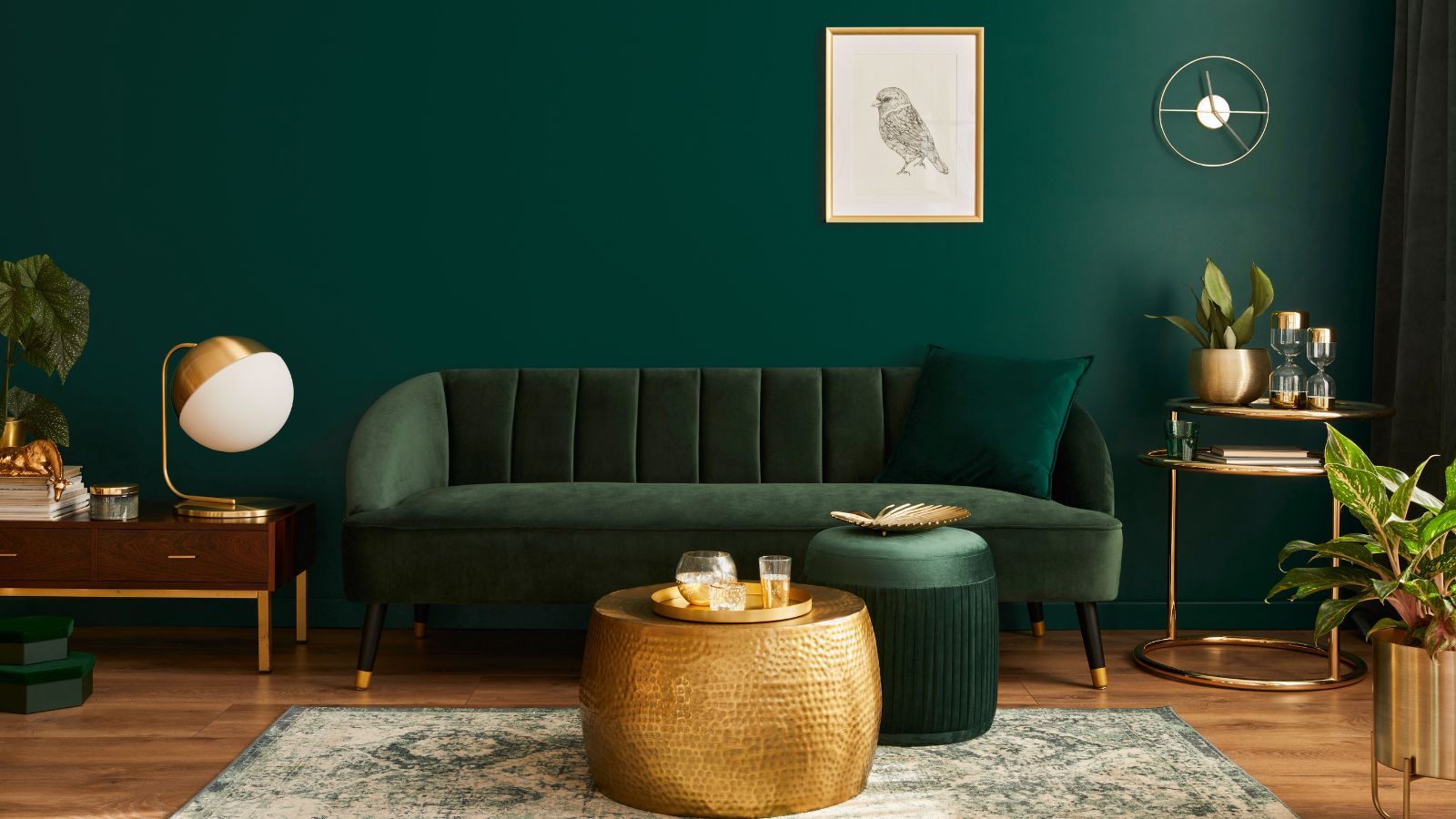
Painting your walls dark colors or getting wallpaper with these colors can make your room seem gloomy and small. In contrast, colors like white reflect more light and give your rooms a brighter and more spacious feel. When choosing these bright colors, The WP suggests that you should also select the same color everywhere.
Low Ceilings Highlighted
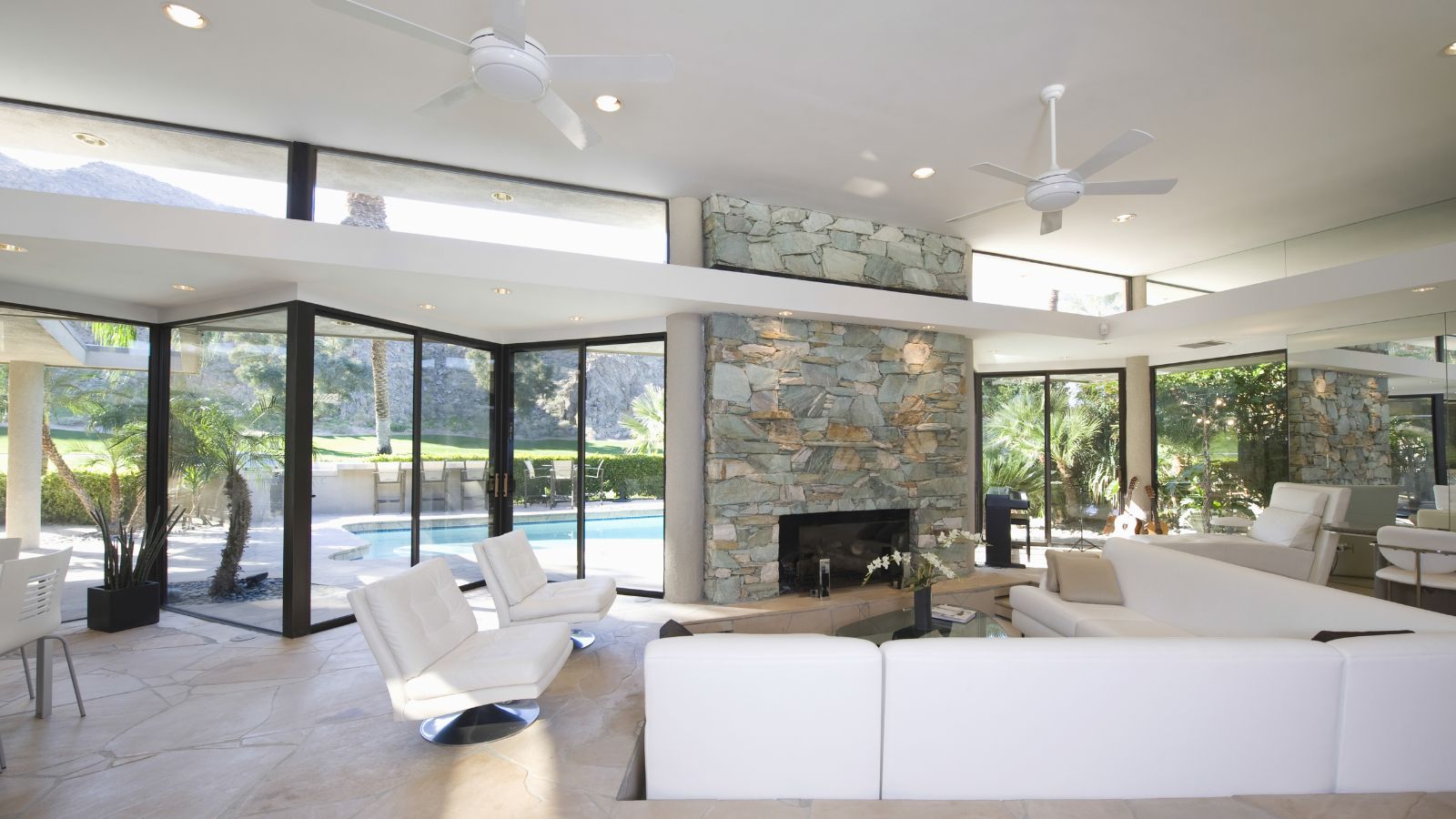
Drawing attention to low ceilings with heavy crown molding or low-hanging fixtures can make the room feel compressed. vertical patterns and tall vertical elements, such as tall bookcases or floor-to-ceiling curtains, can draw the eye upward and create the illusion of height. Ceiling-mounted lighting can also help make ceilings feel higher.
Cluttered Surfaces
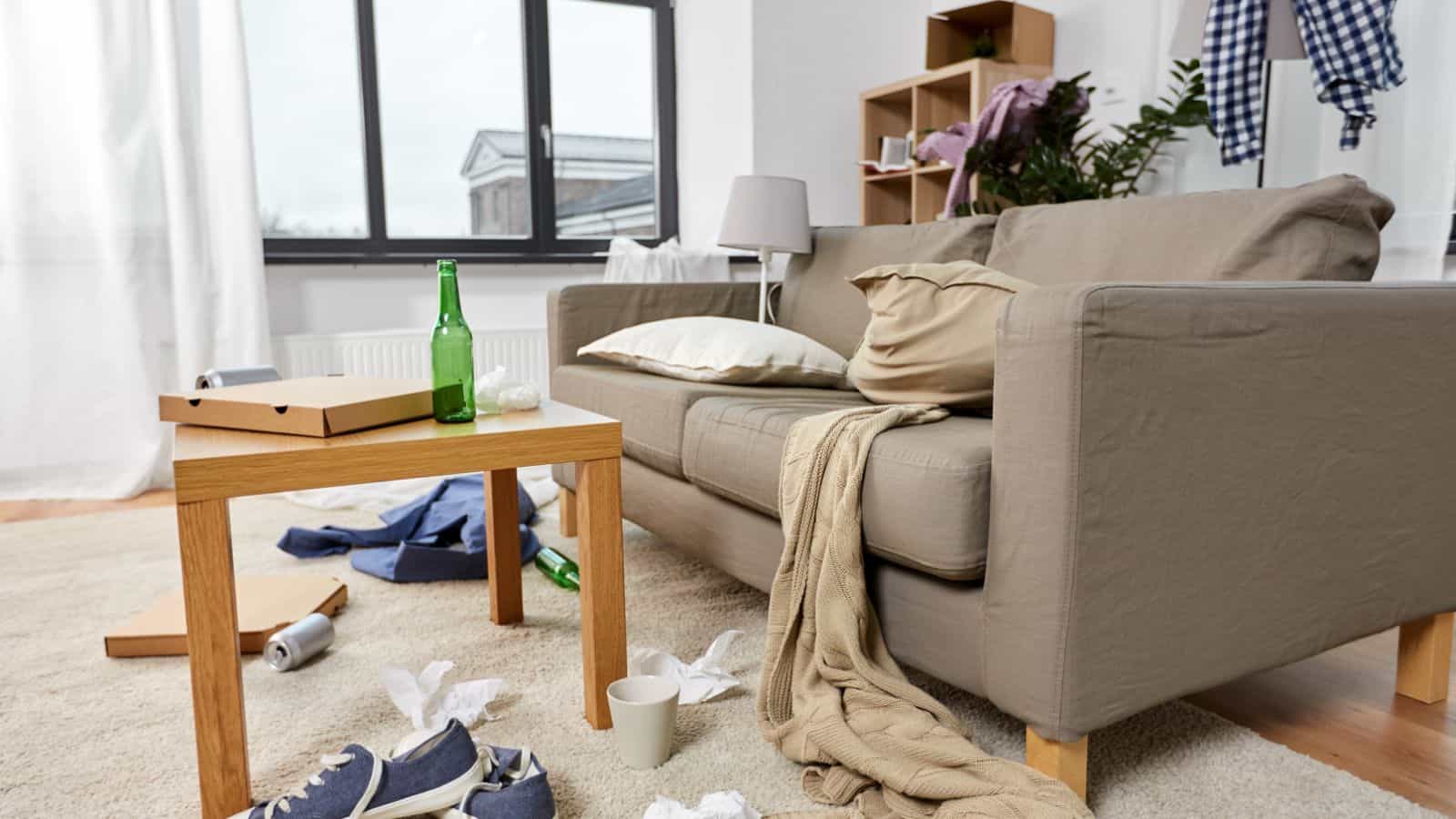
Clutter is many people’s undoing when it comes to keeping their rooms spacious. Items scattered on tables and shelves create visual chaos and make the room feel cramped—it creates the sense that it’s too small to fit these items in. Storage solutions like baskets, bins, and functional furniture will save you.
Heavy Curtains
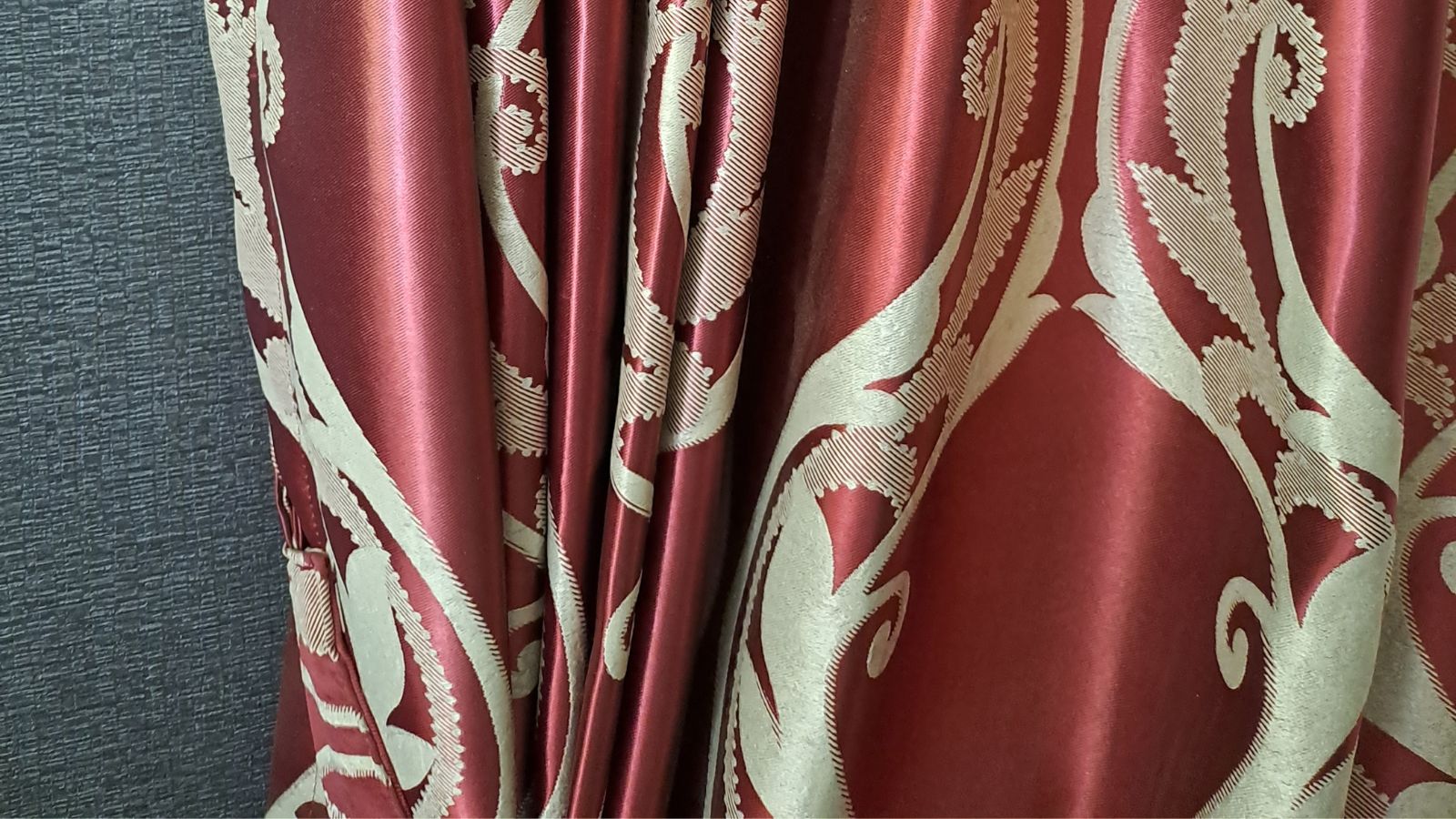
Thick curtains can block natural light, making your room feel darker and making windows seem smaller. You can either opt for a fabric that provides a lighter filter or, if you still love heavy curtains, make sure your drapes span almost the total height of your room.
Oversized Furniture
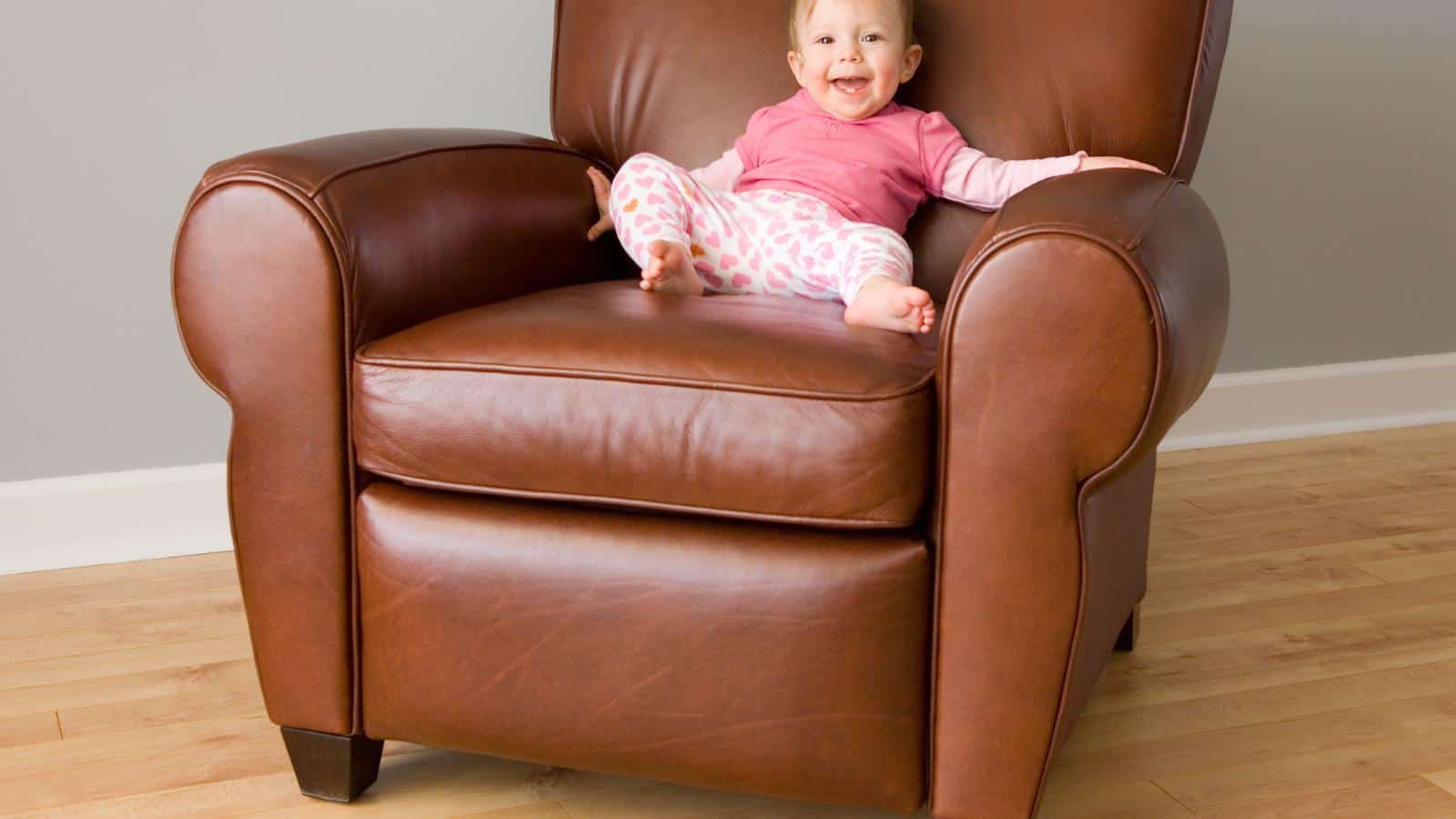
Large pieces of furniture dominate the room and leave little space to move around. Select appropriately scaled furniture that fits the size of your living room. Modular or multi-functional pieces can offer flexibility and keep the room from feeling overcrowded. You can also consider furniture with storage options to save more space.
Lack of Mirrors
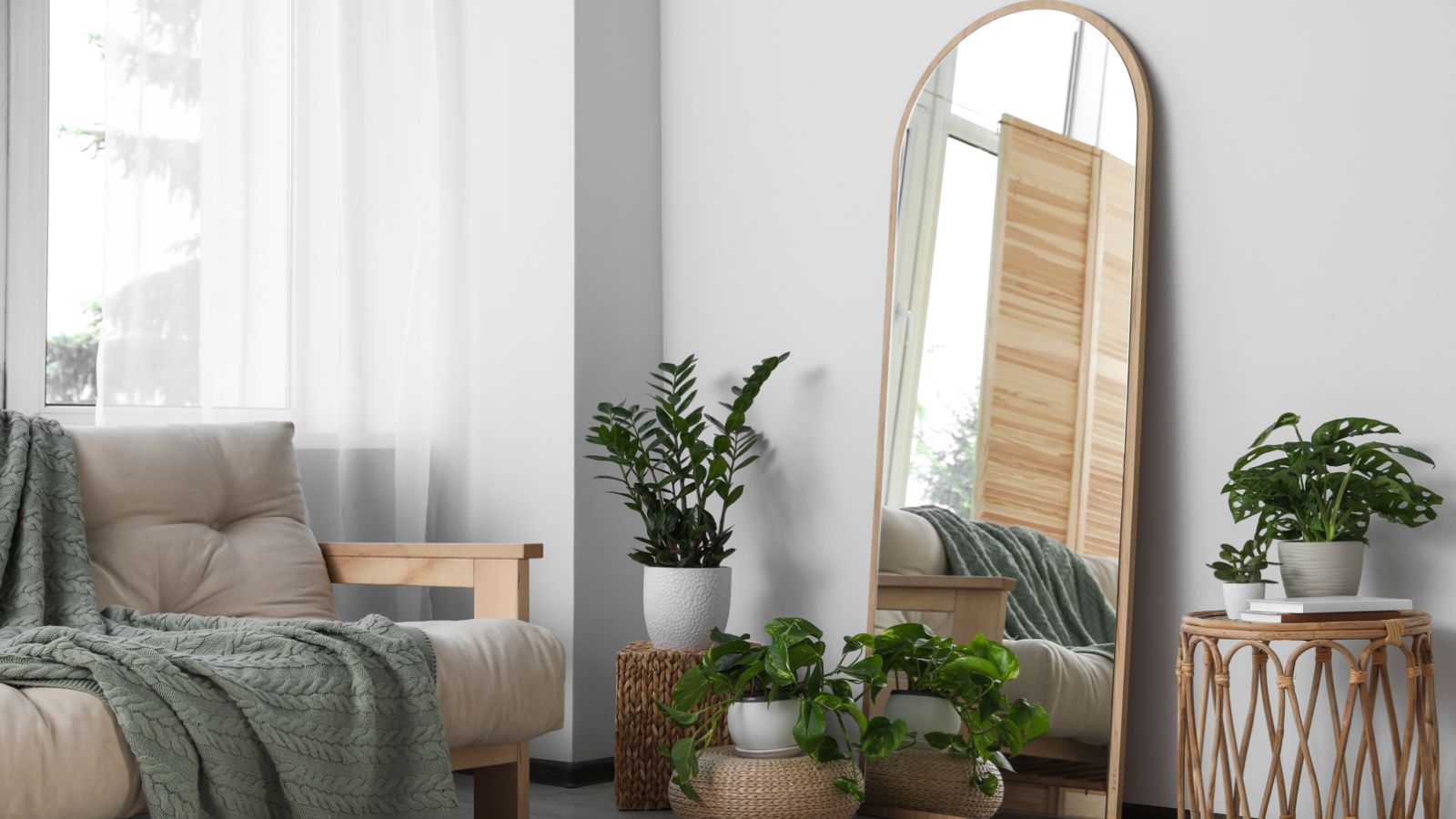
Mirrors are one of the most effective ways to trick the eye and make a room feel more spacious. When you ignore them, you miss out on a vital visual trick. Even small mirrors enhance the sense of openness and depth, and placing a large mirror opposite a window can double the amount of natural light in your room.
Poor Lighting
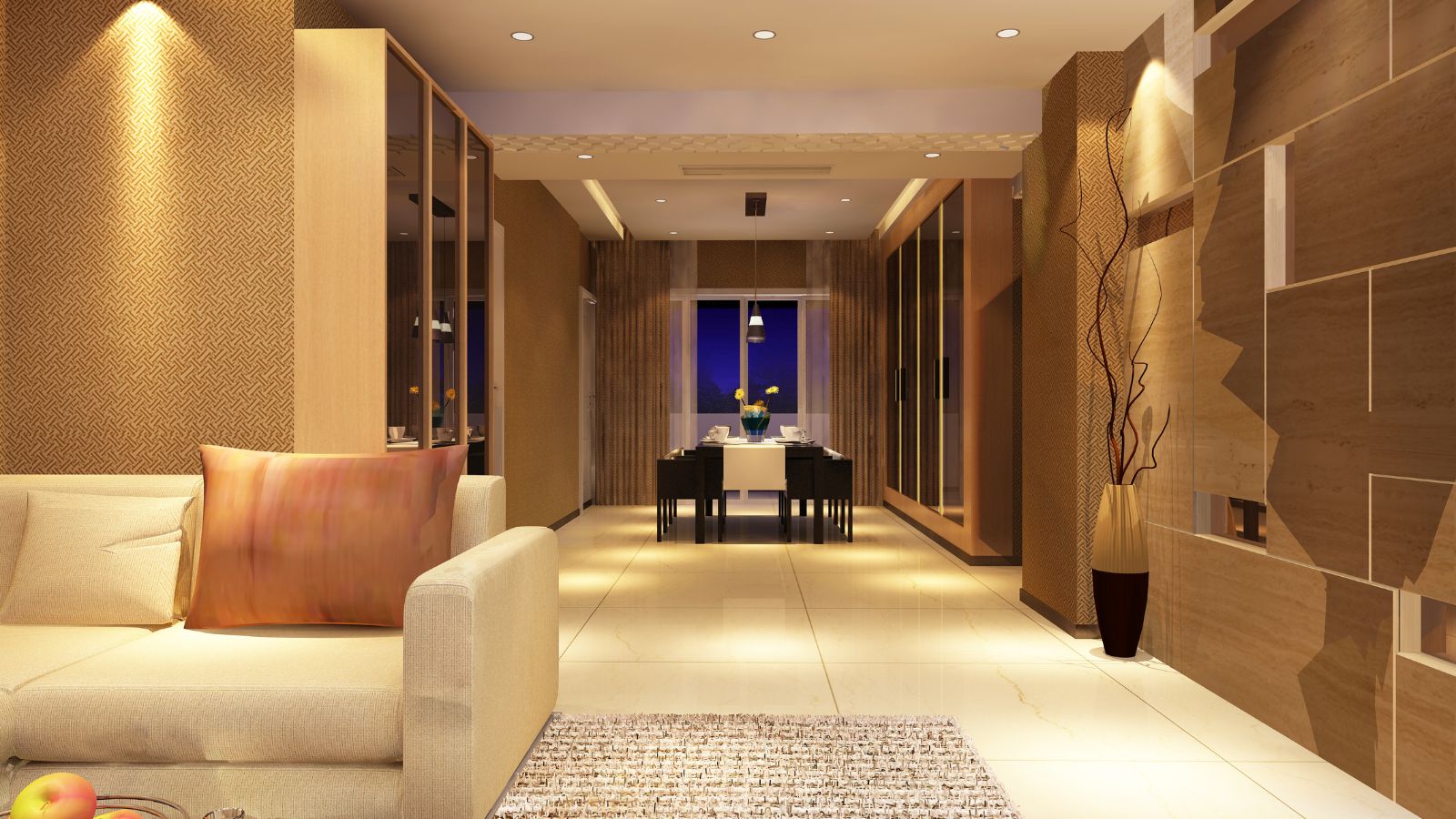
Insufficient lighting creates shadows and dark corners, making the room feel smaller as well. Use a combination of ambient, task, and accent lighting to brighten every part of the space. Floor lamps, table lamps, and wall sconces can help distribute light evenly throughout the room, and you should also consider dimmers for adjustable lighting.
Too Many Decorations
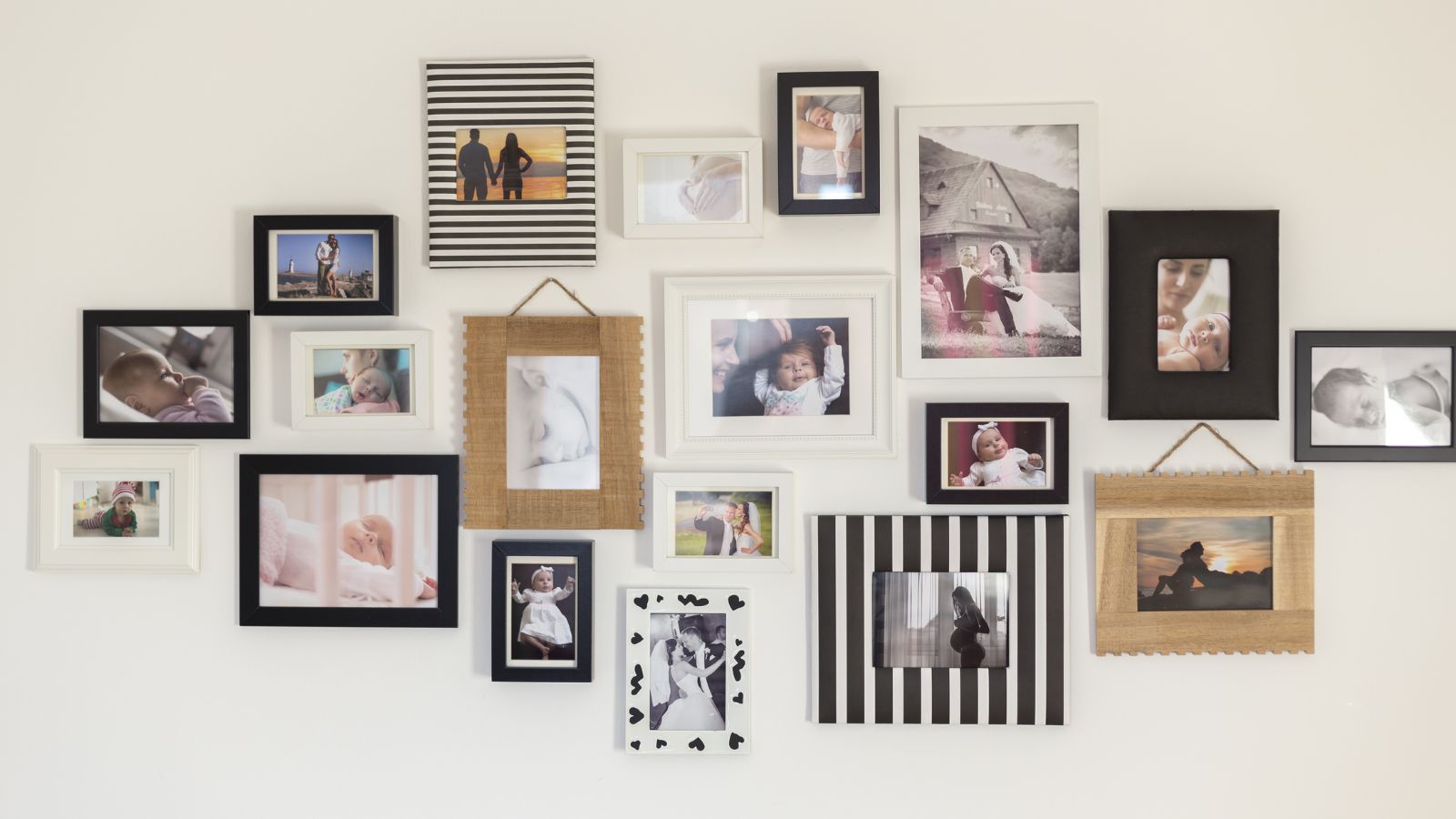
Filling every available space with decorations can overwhelm the room. Alternatively, choosing a few statement pieces and keeping the rest minimal allows each item to stand out without making the space feel cluttered or busy. Go the extra step of rotating between decorations seasonally to keep the space fresh and uncluttered.
Low Furniture Placement

Choose furniture with legs or raised bases to create a sense of elevation and openness. Furniture that is low to the ground can make the ceiling height appear lower. Higher pieces draw the eye upward, giving the illusion of more vertical space. Also, wall-mounted furniture should be considered to free up floor space.
Ignoring Vertical Space

Focusing only on floor space and ignoring walls can make the room feel boxed in. Use vertical storage solutions like tall bookshelves or wall-mounted shelves, as these elements draw the eye upward and make the room feel taller and more spacious. Tall plants or vertical art can also enhance vertical space.
Heavy Patterns
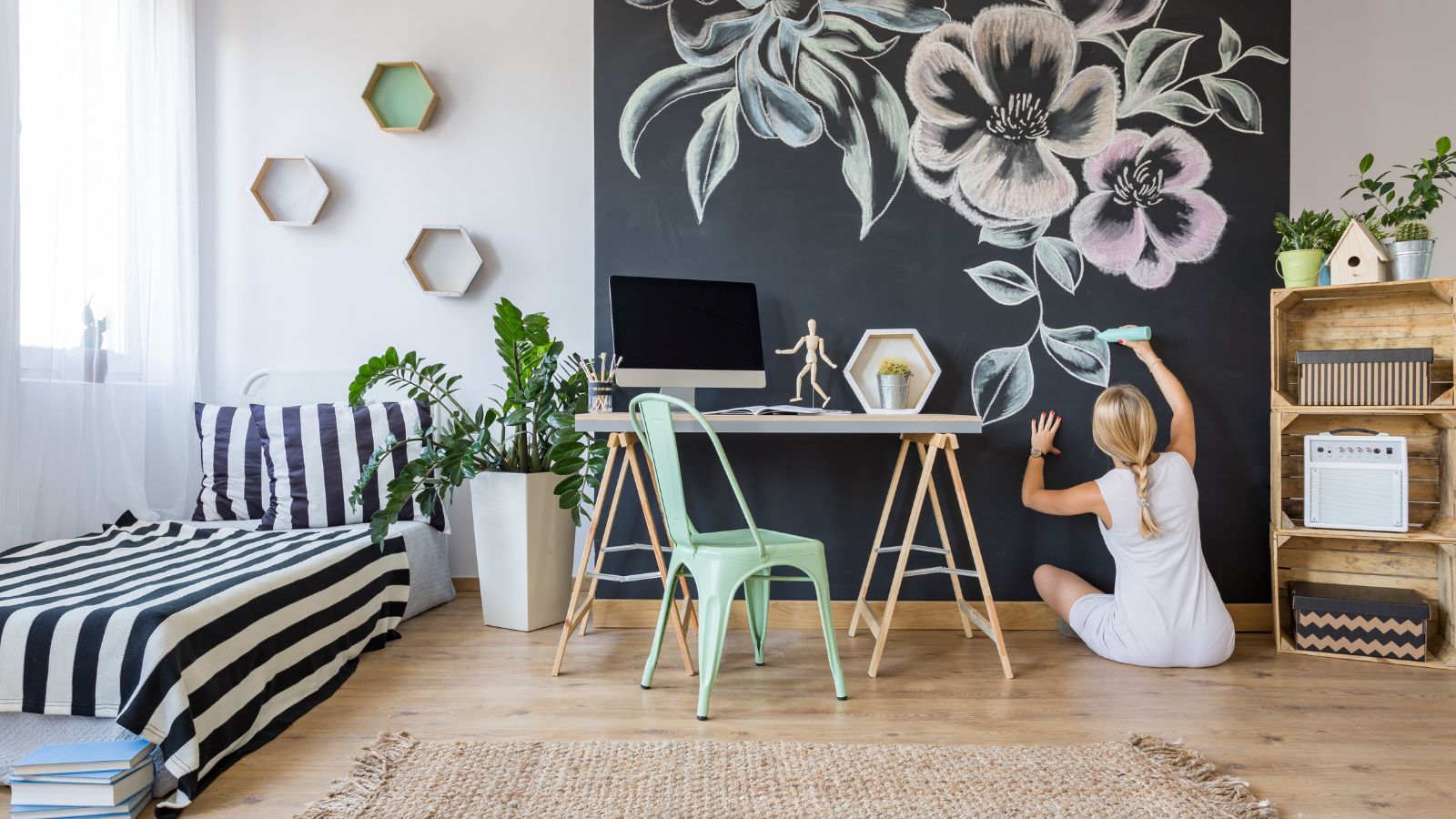
Using bold, busy patterns on walls, furniture, or textiles creates a sense of chaos. To maintain a clean and open look, you’re better off opting for simpler designs and smaller patterns. Subtle textures and solids help keep the space feeling airy and uncluttered, and you can also consider using patterns as accents rather than main elements.
Closed-off Layout
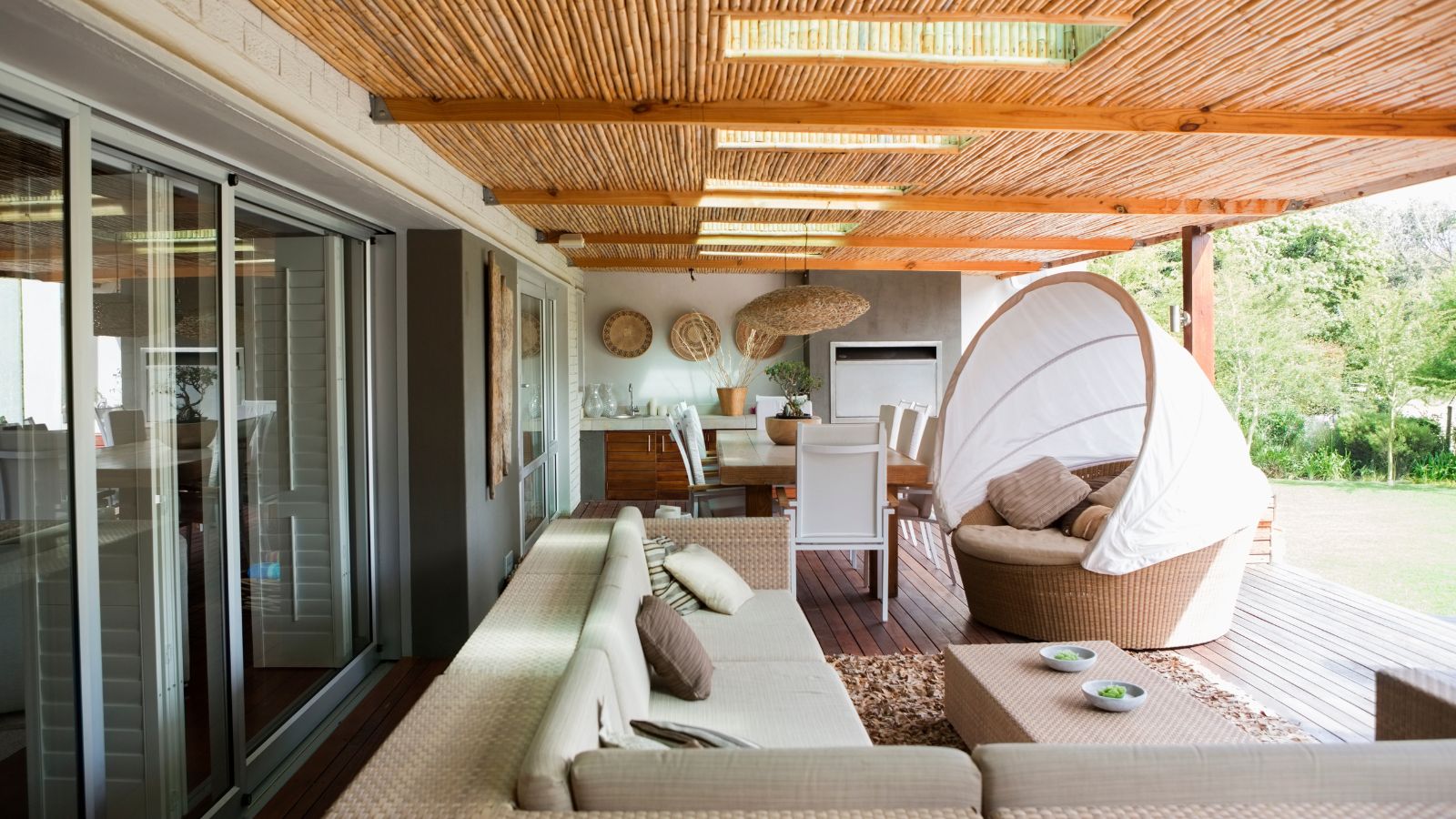
Arranging furniture in a way that blocks pathways or sightlines can also make the room feel confined. Instead, you should create open, unobstructed pathways by positioning furniture along walls and in corners. This arrangement promotes better flow and makes the space feel larger. Floating furniture arrangements can also improve openness.
Skipping Rugs
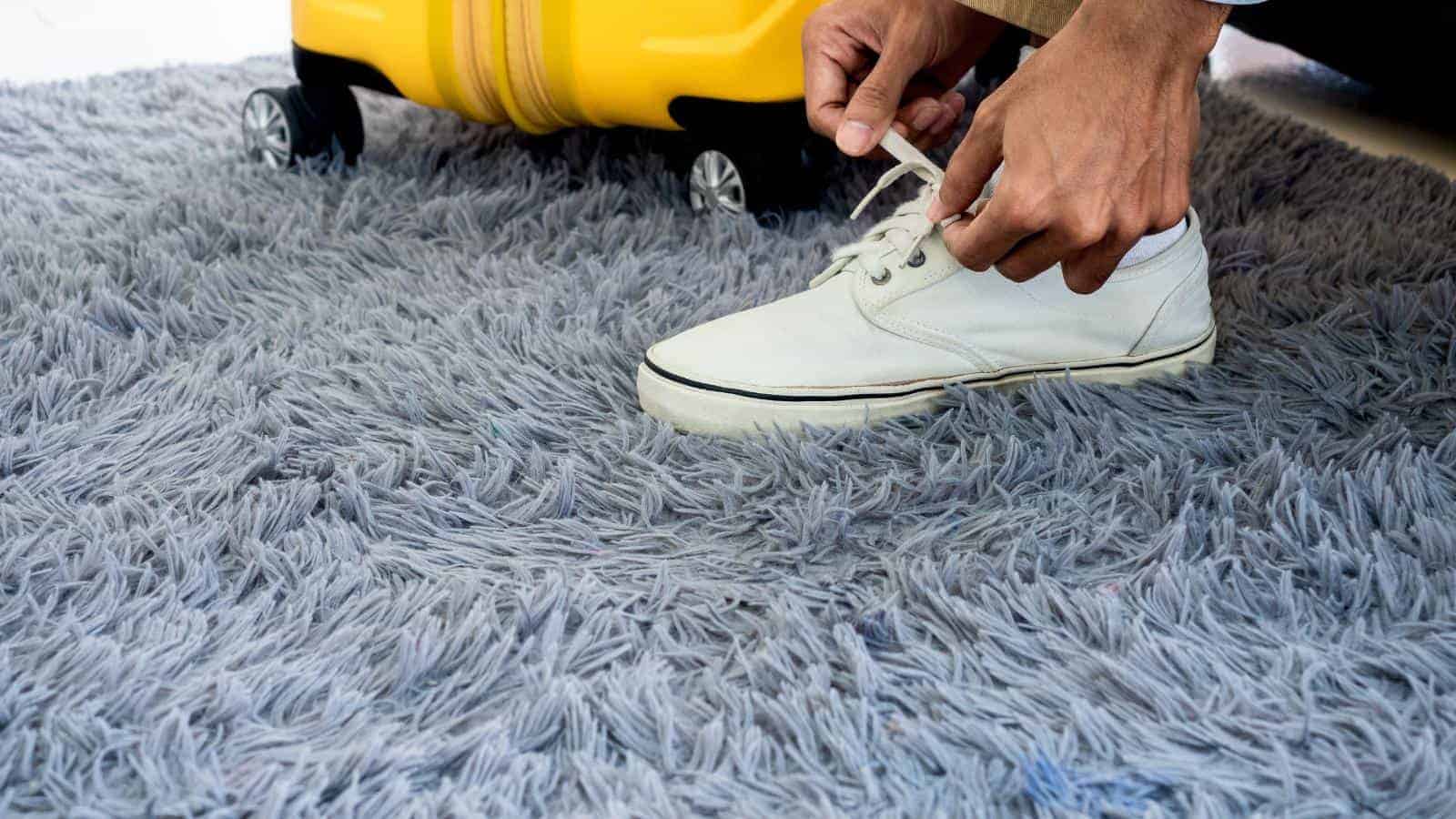
A small or absent rug can make the room look disjointed and smaller while choosing a larger rug that fits under all major pieces of furniture does the opposite—a well-placed rug helps define the area and brings a cohesive look to the room. Consider layered rugs for added texture and warmth.
No Focal Point

A room without a focal point can feel disorganized and smaller. Create a central feature, such as a fireplace, artwork, or a striking piece of furniture, to draw attention and organize the space. This helps establish a sense of order and spaciousness. Consider painting an accent wall to create a focal point.
Closed Curtains
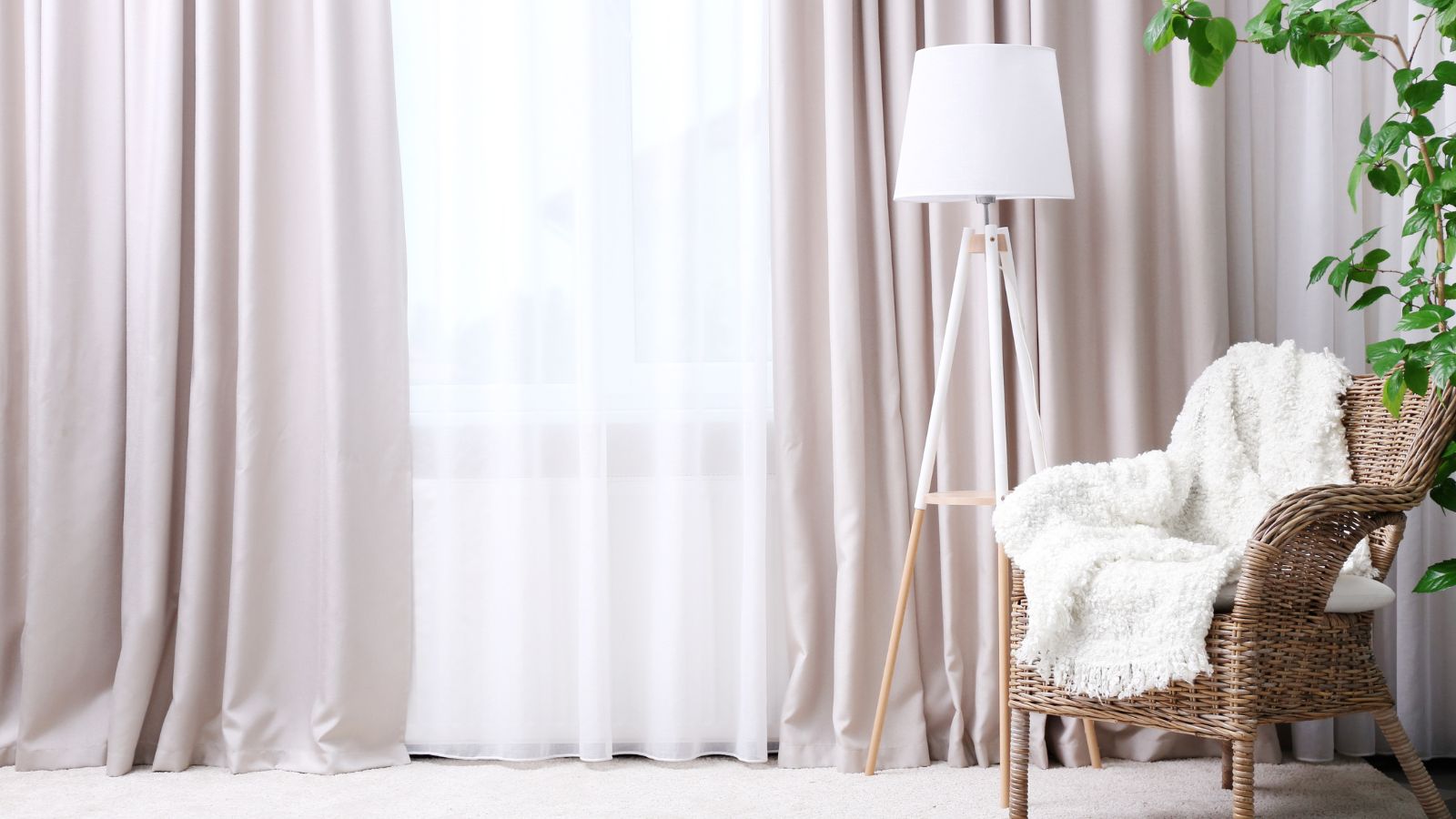
Keeping curtains closed during the day blocks natural light and makes a room feel enclosed. It’s always better to open curtains or blinds to let in as much natural light as possible, as natural light brightens the space and enhances the feeling of openness. Consider using tiebacks to keep curtains open and maximize light.
Misplaced Artwork

Hanging artwork too high or in cluttered groupings can disrupt the room’s flow. On the contrary, properly placed art enhances the room’s aesthetic without overwhelming the space. Position artwork at eye level and space pieces out to create balance, and also consider using a gallery wall to organize multiple pieces effectively.
Lack of Cohesive Color Scheme
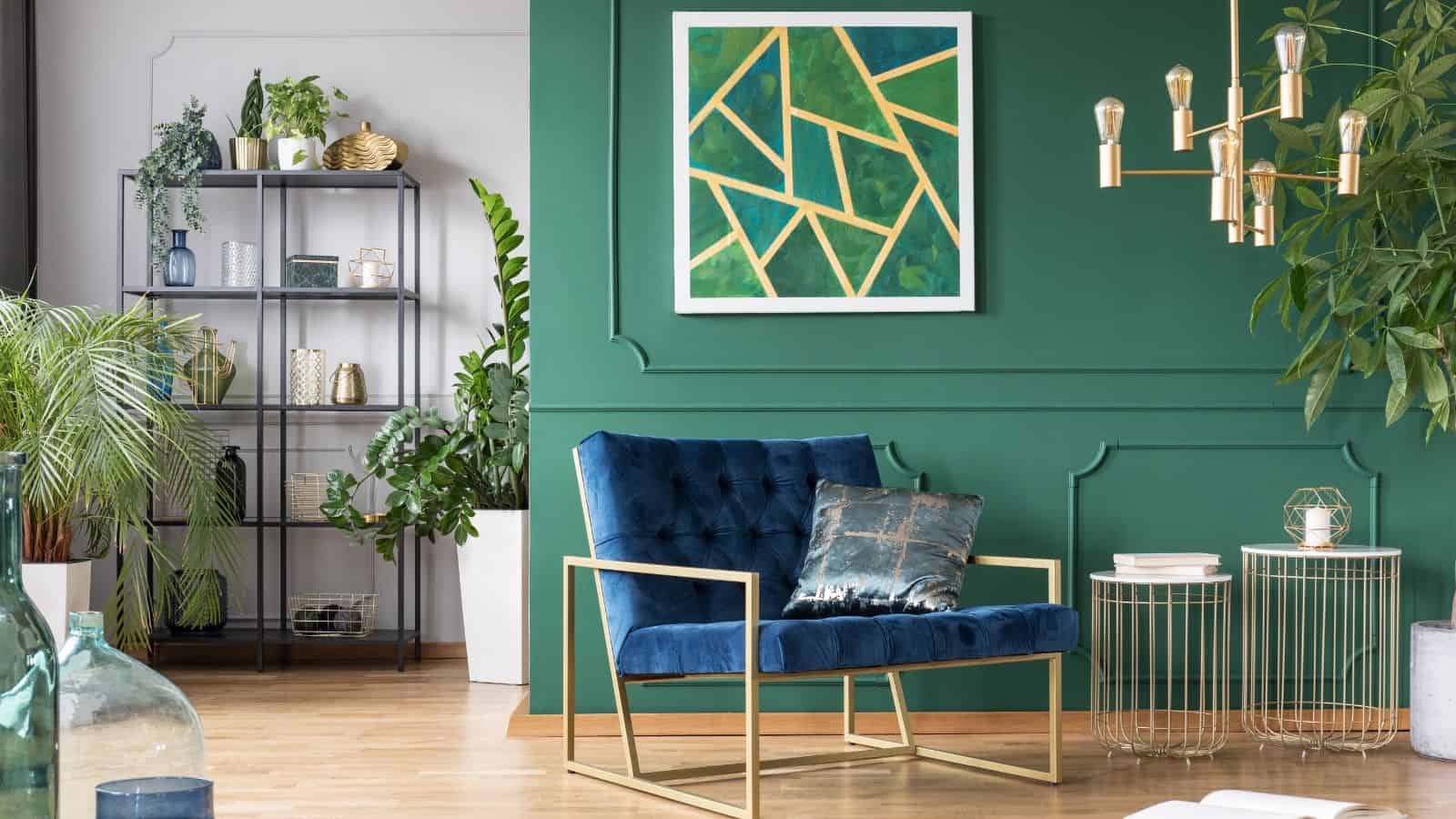
Using too many contrasting colors may create a jarring and overwhelming effect that makes the room feel smaller. Consistent colors help create a unified, spacious look, so you should always stick to a cohesive color palette that harmonizes with the room’s decor. Adding pops of color through accessories can maintain interest without overwhelming the space.
Bulky Entertainment Centers
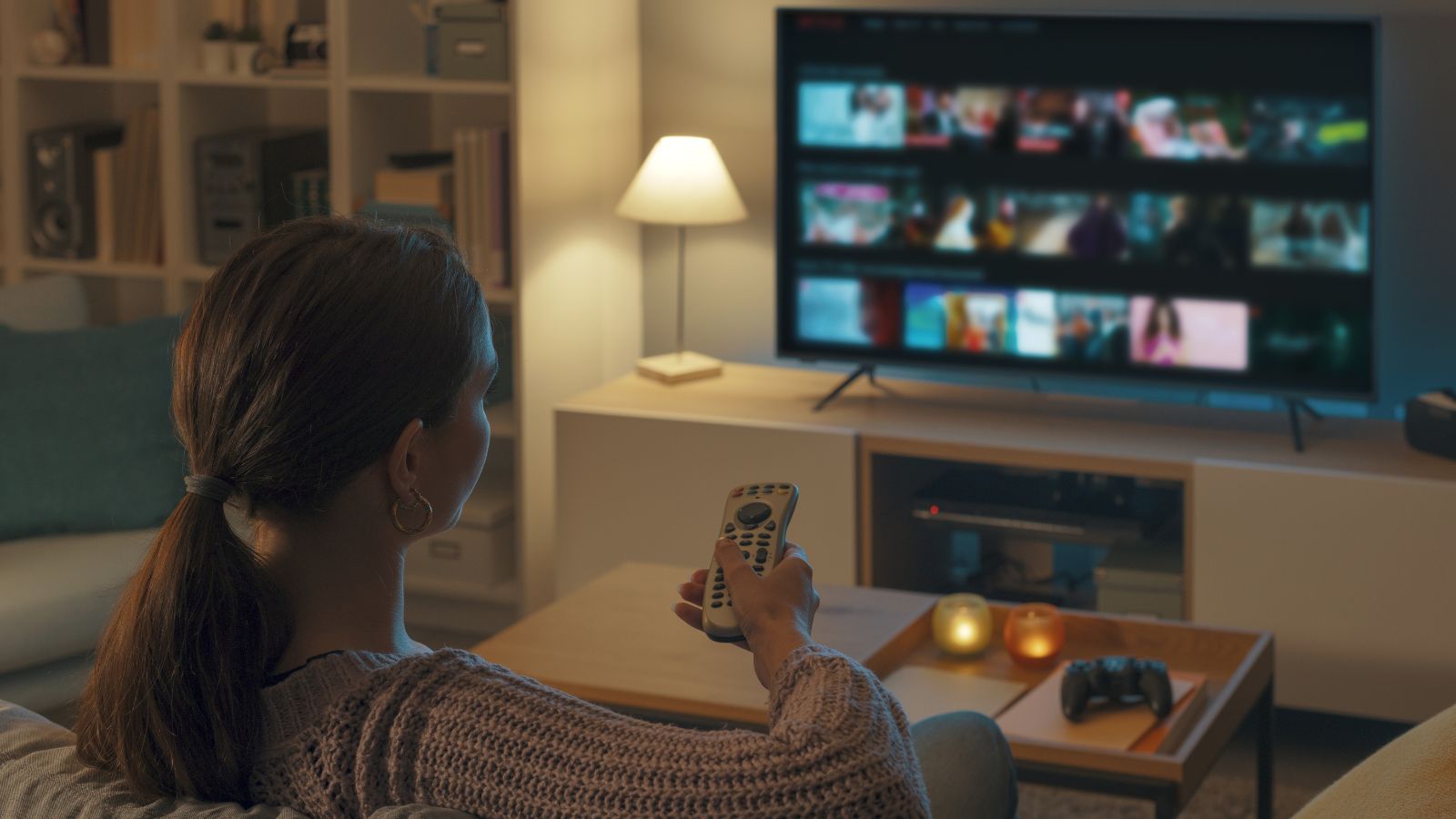
Large entertainment centers can dominate the room and limit space for other activities. Hence, you should opt for wall-mounted TVs or streamlined media consoles instead, as these free up rooms and make the living area feel more open. Built-in units can also save space and provide ample storage.
Ignored Corners
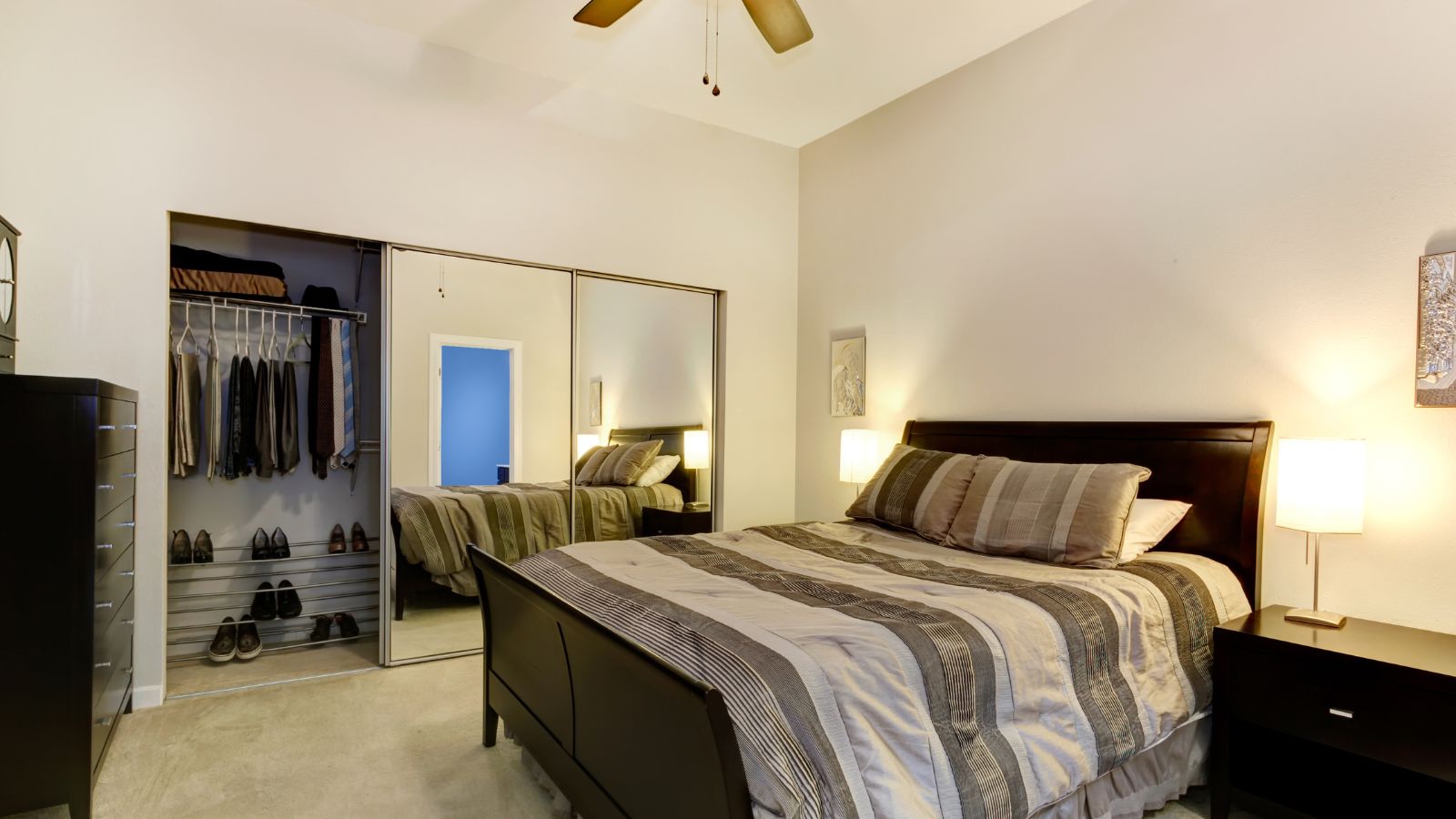
Making the most of every inch of space keeps the room functional and spacious. Unused corners, on the other hand, can make the room look smaller by wasting valuable space. Because of this, utilize corners with small furniture pieces, plants, or shelving. Corner desks or reading nooks can also transform unused spaces into useful areas.
Too Many Personal Items

Overloading the room with personal items like photos and collectibles can create a cluttered look, while a curated approach keeps the room looking tidy and spacious. Select a few meaningful items to display and store the rest, and also try rotating personal items periodically to keep the display fresh and exciting.
Up Next: 18 Reasons Why Men Get Grumpier As They Age

You might read this and be able to relate, or you may feel you’ve become grumpier the older you’ve gotten. Or maybe you know of a male friend or relative who has. Here are 18 reasons why men get grumpier as they age.
18 Reasons Why Men Get Grumpier As They Age
17 Products Millennials Refuse to Buy and It’s Affecting the Economy

Millennials have been the center of so much media attention due to their spending habits. Their unique ways of spending have built up and crushed many traditional industries. In this article, we look at 17 things millennials stopped buying and how that has impacted society.
17 Products Millennials Refuse to Buy and It’s Affecting the Economy
Where Even Truck Drivers Won’t Stop

Truck drivers tend to be hardy souls—well-seasoned travelers who aren’t often afraid to rest up or refuel in risky locations. However, there are certain U.S. locations that even the most road-weary trucker refuses to stop at for fear of criminal activity or natural dangers. Here are 17 such locations that even experienced truck drivers approach with trepidation (or not at all).

